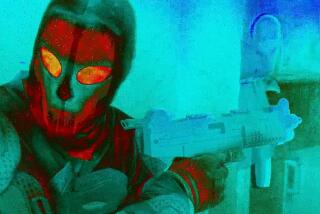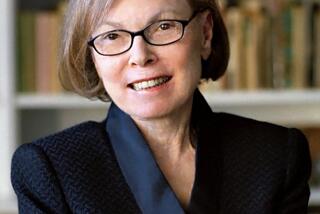NONFICTION : PORTRAIT OF DELMORE, JOURNALS AND NOTES OF DELMORE SCHWARTZ 1939-1959, edited and introduced by Elizabeth Pollet (Farrar, Straus & Giroux: $27.95; 643 pp.).
“Order and disorder, form and formless must have profound psychological roots, nervous roots,” wrote Delmore Schwartz in the spring of 1942. The journals and notes that comprise “Portrait of Delmore” reflect the disorder of his personal life, especially his unsuccessful struggle with drug and alcohol addiction, and provide autobiographical documentation of the disintegration of his writing career.
Schwartz’s teaching career supplies most of the comic relief in the journal. Schwartz recorded the instance when he gave a lecture on “The Isolation of Modern Poetry” at an academic conference. A German refugee came up to him afterward and asked if he could show Schwartz his Ph.D. thesis, “The Isolation of Modern Poetry.”
“All literature is an effort at the formal character of the epigram,” he noted, again in 1942. This definition of the art of writing runs counter to the informal nature of a journal, which in the case of a poet probably tends to be more of a collage than it normally is.
Occasionally Schwartz took advantage of the diaristic mode and endowed his entries with the intensity and imaginative agility of some of Rimbaud’s “Illuminations.” His best insights are his succinct judgments of other writer’s work such as “Frost’s Job says to God, ‘You hurt me.’ ” or “James Joyce--unable to see easily, he tried best to see clearly--afraid of the thunder, he made a break in his last book.”
Schwartz almost never asks questions in his journal that develop as themes in the later years. Only in the early notes is there any sustained effort at following up an inquiry into the nature of language and art. Although as late as 1955, Schwartz is still capable of interesting commentary on another writer, such as Dostoevsky, much of the second half of the book has only sporadic literary value. In the winter of 1949, he writes, “Then, in pure drugged tranquility, I read with admiration my own essay on Eliot.”
Schwartz, like Coleridge, was aware of his many unfinished and unrealized projects, and “Portrait of Delmore” shows his ability to generate a credo as distinguished as Joyce’s “Silence, exile, cunning.” Schwartz wrote, “Too long I admired excellence of surface and diction. More important is centrality, relevance, penetration.” Schwartz defined experience as the knowledge of error. His journal records his struggle to penetrate the nature of his errors, an attempt which evokes compassion for a ruined genius.
More to Read
Sign up for our Book Club newsletter
Get the latest news, events and more from the Los Angeles Times Book Club, and help us get L.A. reading and talking.
You may occasionally receive promotional content from the Los Angeles Times.








